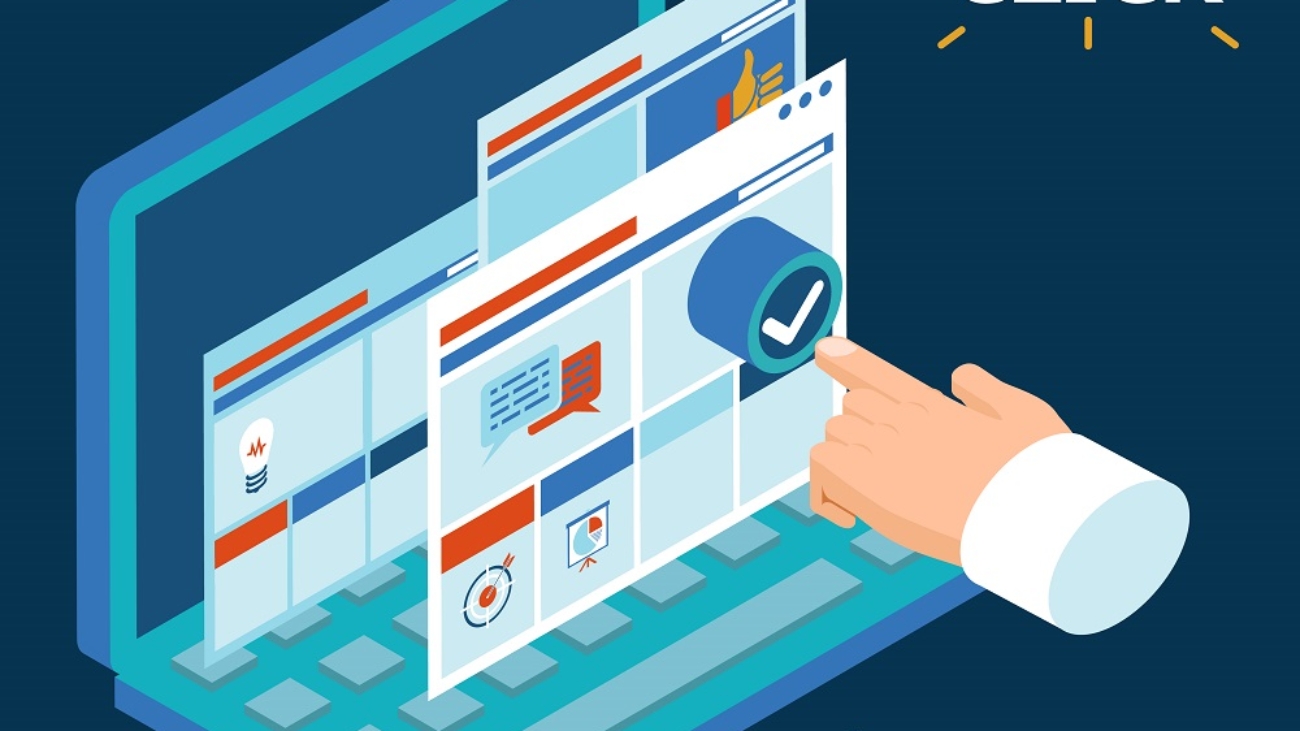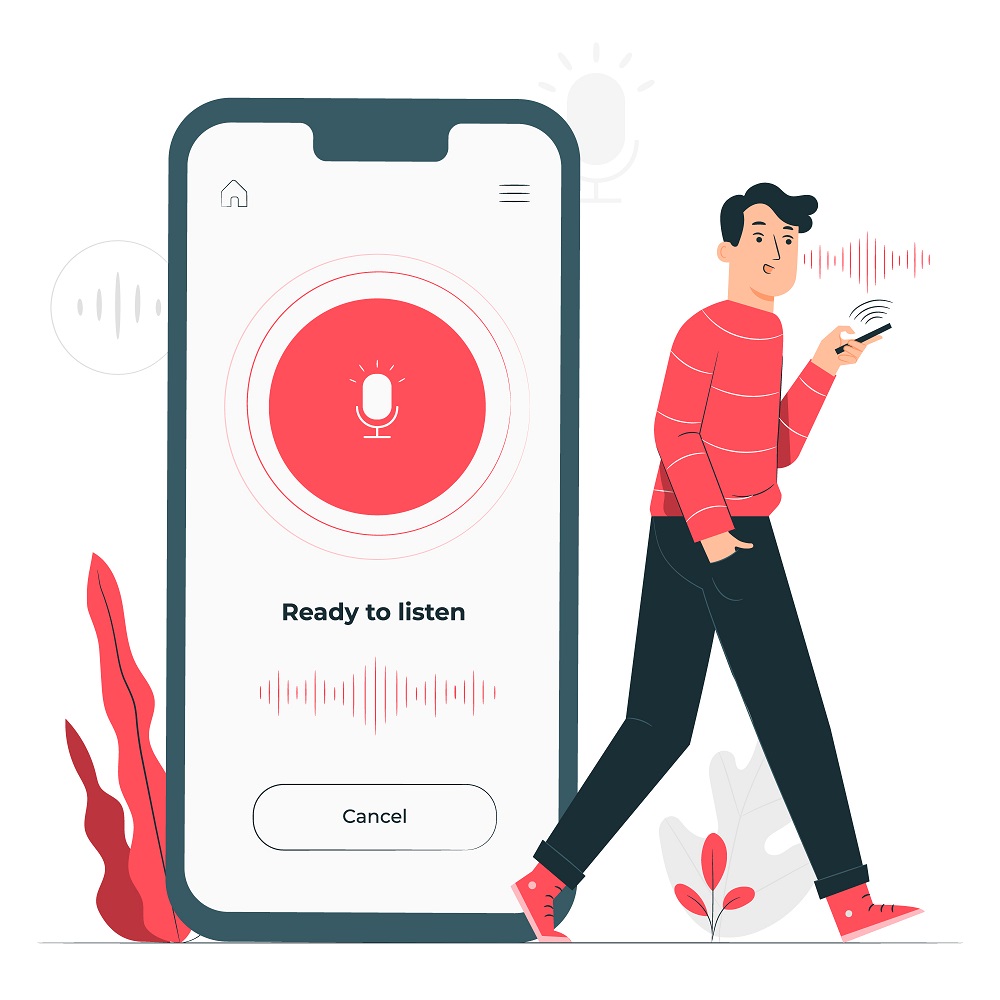In today’s digital age, video marketing has emerged as a powerful tool for businesses and individuals to engage with their target audience. With the rise of platforms like YouTube, TikTok, Instagram, and Facebook, videos have become a fundamental component of any marketing strategy. Creating compelling video content can make a significant impact on your brand, whether you are a small business, a content creator, or a large corporation. In this blog, we will delve into the world of video marketing and provide you with essential tips and strategies for creating compelling video content that will captivate your audience.

The Power of Video Marketing
Before we dive into the intricacies of creating compelling video content, let’s first explore why video marketing is so potent.
- Visual Appeal
One of the primary reasons video marketing is so effective is its visual appeal. Humans are inherently drawn to visual content, and videos can convey information, emotions, and stories in a way that text or images alone cannot. This makes video an excellent medium for connecting with your audience on a deeper level.
- Increased Engagement
Videos tend to elicit more significant engagement than other forms of content. Whether it’s likes, shares, comments, or click-through rates, videos typically outperform text and images when it comes to audience interaction. This heightened engagement can boost your brand’s visibility and reach.
- Versatility
Video marketing is incredibly versatile. You can use videos for a wide range of purposes, from product demos and tutorials to brand storytelling and customer testimonials. This versatility allows you to tailor your video content to your specific goals and audience.
- Search Engine Optimization (SEO)
Search engines, such as Google and YouTube, prioritize video content in their search results. By creating video content, you can improve your chances of ranking higher in search engine results, increasing your online visibility.
- Shareability
Videos are easily shareable across various social media platforms. When your audience shares your video content, it can quickly reach a broader audience, leading to increased brand awareness and potential customer growth.
- Accessibility
The widespread availability of smartphones and internet access means that people can watch videos virtually anywhere, anytime. This accessibility opens up new avenues for connecting with your audience, whether they’re at home, at work, or on the go.
Now that we understand the power of video marketing, let’s explore how you can create compelling video content to harness its potential.
Tips for Creating Compelling Video Content
Creating compelling video content is not just about pointing a camera and hitting the record button. It involves careful planning, creativity, and a deep understanding of your target audience. Here are some tips to help you create video content that captivates your viewers:
- Define Your Goals
Before you start creating video content, you need to define your goals. What do you want to achieve with your videos? Are you looking to increase brand awareness, drive website traffic, generate leads, or boost sales? By clearly defining your objectives, you can tailor your video content to meet those goals effectively.
- Know Your Audience
Understanding your target audience is key to creating compelling video content. What are their demographics, interests, pain points, and preferences? Conduct market research to gain insights into your audience’s needs and desires, and use this information to craft content that resonates with them.
- Plan Your Content
Plan your video content carefully. Start with a script or outline that details the key points you want to cover. Whether you’re creating a tutorial, a product review, or a brand story, a well-structured plan will help you stay on track and deliver a more coherent message.
- Craft a Compelling Story
Storytelling is a potent tool in video marketing. People connect with stories on an emotional level, making them more likely to remember your content and engage with your brand. Use storytelling techniques to create narratives that draw viewers in and keep them engaged throughout the video.
- Focus on Quality
The quality of your video content matters. Invest in a good camera, microphone, and lighting equipment to ensure your videos look and sound professional. High-quality visuals and audio enhance the viewer’s experience and build credibility for your brand.
- Keep it Short and Sweet
In the age of short attention spans, it’s essential to keep your videos concise. While video length can vary depending on the platform and content type, aim to get your message across in the shortest time possible. Generally, videos between 1 to 3 minutes tend to perform well.
- Hook Your Audience
The first few seconds of your video are critical. You need to hook your audience’s attention immediately to prevent them from scrolling past. Use an attention-grabbing intro that teases the video’s content and intrigues viewers.
- Add Value
Your video content should provide value to your audience. Whether it’s information, entertainment, inspiration, or a solution to a problem, make sure viewers gain something from watching your video. Valuable content encourages engagement and repeat views.
- Optimize for SEO
Don’t forget to optimize your video content for search engines. Use relevant keywords in your video title, description, and tags to improve its discoverability. Additionally, provide a transcript for your video, making it accessible to a broader audience.
- Engage with Viewers
Engagement doesn’t end when the video is uploaded. Actively respond to comments, answer questions, and foster a sense of community among your viewers. Engaging with your audience helps build relationships and loyalty.
- Consistency Is Key
Consistency in your video content is crucial. Establish a regular posting schedule so that your audience knows when to expect new content. This consistency builds trust and keeps your viewers coming back for more.
- Promote Your Videos
Creating great video content is only half the battle. You also need to promote your videos effectively. Share them across your social media platforms, email newsletters, and website. Consider collaborating with influencers or running paid advertising campaigns to reach a wider audience.
- Measure and Analyze
After creating and promoting your videos, analyze their performance. Pay attention to metrics such as views, watch time, likes, shares, and conversion rates. Use these insights to refine your video marketing strategy and create even more compelling content in the future.
Types of Video Content
There are numerous types of video content you can create, each serving a unique purpose in your marketing strategy. Here are some popular types of video content:
- Explainer Videos
Explainer videos are short, informative videos that explain a concept, product, or service in a clear and engaging manner. They are particularly useful for introducing a new product or demonstrating how to use it.
- Tutorials and How-To Videos
Tutorials and how-to videos are instructional guides that teach viewers how to perform a specific task or solve a problem. These videos position you as an expert in your field and provide value to your audience.
- Product Reviews
Product review videos provide an honest assessment of a product’s features, benefits, and drawbacks. They help potential customers make informed purchasing decisions and build trust in your brand.
- Behind-the-Scenes
Behind-the-scenes videos give viewers a glimpse of your company’s inner workings. This type of content humanizes your brand and can help create a deeper connection with your audience.
- Testimonials and Case Studies
Testimonial and case study videos showcase real customers sharing their positive experiences with your product or service. These videos build trust and social proof, encouraging others to consider your offerings.
- Vlogs
Vlogs (video blogs) are personal, diary-style videos that offer a behind-the-scenes look at your life or business. They can be a great way to connect with your audience on a more personal level.
- Live Streams
Live streaming allows you to engage with your audience in real-time. This type of content can be used for Q&A sessions, product launches, or special events, creating a sense of immediacy and excitement.
- Storytelling Videos
Storytelling videos share narratives about your brand’s journey, values, or impact. They help create an emotional connection with your audience and communicate your brand’s identity.
- Animation and Infographics
Animated videos and infographics are great for explaining complex concepts or data in a visually engaging way. They are ideal for educational content or simplifying technical information.
- User-Generated Content
Encourage your customers or followers to create content related to your brand or products. User-generated content builds trust and authenticity, as it comes from real people who have had positive experiences with your brand.
Tools and Software for Video Creation
Creating compelling video content doesn’t necessarily require a Hollywood budget or a professional production team. Many tools and software options are available for video creation, catering to various skill levels and needs. Here are some popular options:
- Smartphones
Modern smartphones come equipped with high-quality cameras and video recording capabilities. With the right accessories, such as tripods and external microphones, you can create professional-looking videos using your phone.
- Video Editing Software
Video editing software like Adobe Premiere Pro, Final Cut Pro, and DaVinci Resolve offer powerful features for editing and enhancing your video content. These tools allow you to cut, add effects, and improve audio quality.
- Online Video Editors
For beginners or those looking for user-friendly options, online video editors like Adobe Spark, Kapwing, and Canva offer a range of templates and basic editing features to create polished videos without the need for downloading software.
- Animation Software
If you’re interested in creating animated videos, software like Adobe After Effects, Powtoon, and Vyond can help you craft engaging animations and infographics.
- Screen Recording Tools
For creating tutorials and how-to videos, screen recording tools like OBS Studio, Screencast-O-Matic, or Camtasia enable you to capture your computer screen and add voiceovers or annotations.
- Video Effects and Animation Libraries
Websites like VideoHive and Motion Array provide a vast library of video effects, transitions, and animations that you can incorporate into your videos to make them more visually appealing.
- Stock Footage and Music
Platforms like Shutterstock and AudioJungle offer a wide selection of stock footage, images, and music that you can use to enhance the quality of your video content.
- Scriptwriting Tools
Tools like Celtx and Trelby help you write and format scripts for your video content, ensuring a well-organized and coherent narrative.
Conclusion
Video marketing is a powerful tool that can significantly impact your brand’s success. To create compelling video content, you must start with a clear understanding of your goals and audience. Craft your content with storytelling techniques and maintain a high level of quality. Be concise, engage your viewers, and ensure your videos provide value. Consistency and promotion are essential, and don’t forget to measure your video’s performance to refine your strategy.
By following these tips and exploring the various types of video content, you can harness the power of video marketing to connect with your audience, build trust, and achieve your marketing objectives. Whether you’re a small business, content creator, or a large corporation, compelling video content has the potential to drive your success in the digital age. So, grab your camera, embrace your creativity, and start creating videos that captivate and inspire your audience.



















